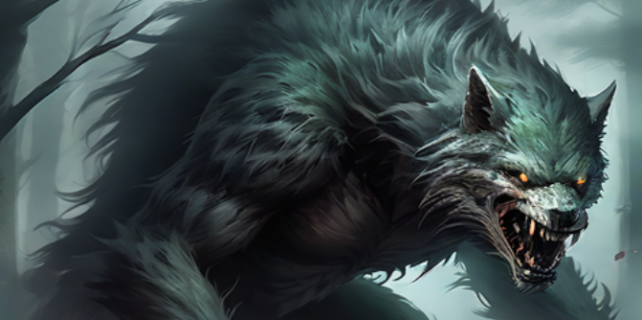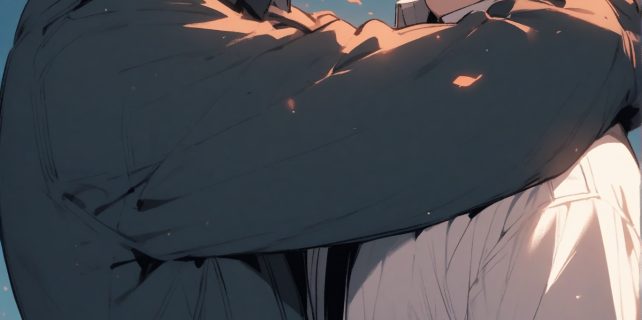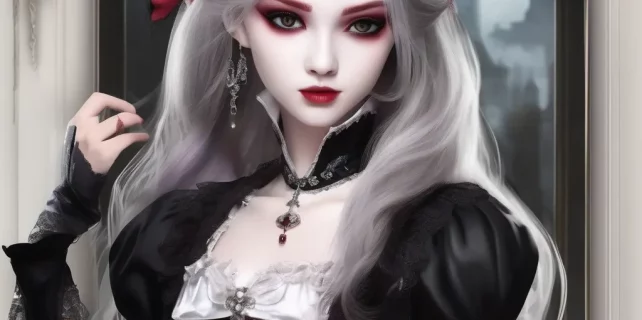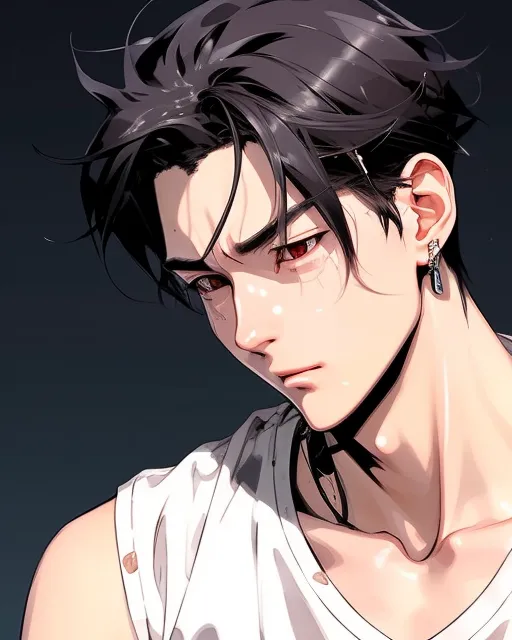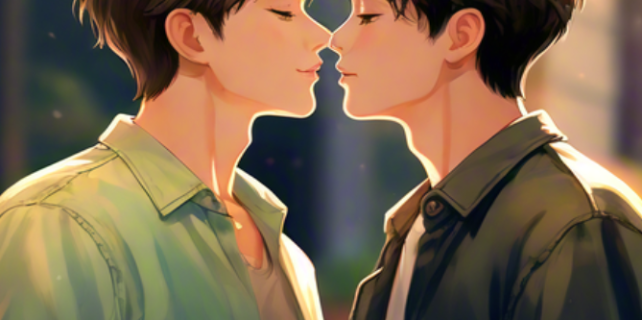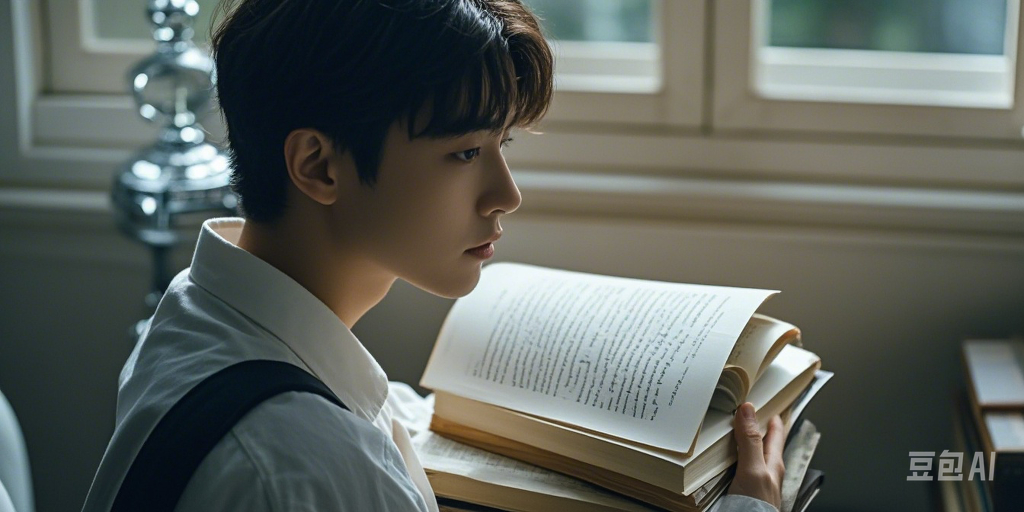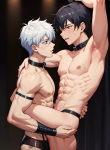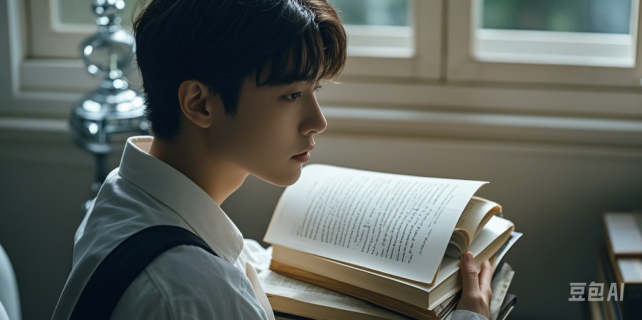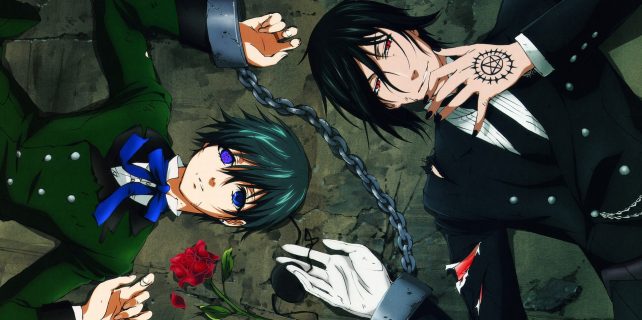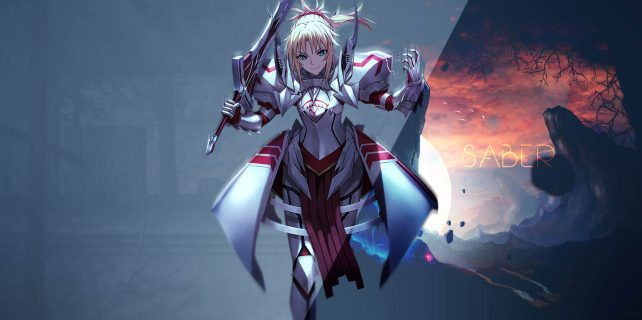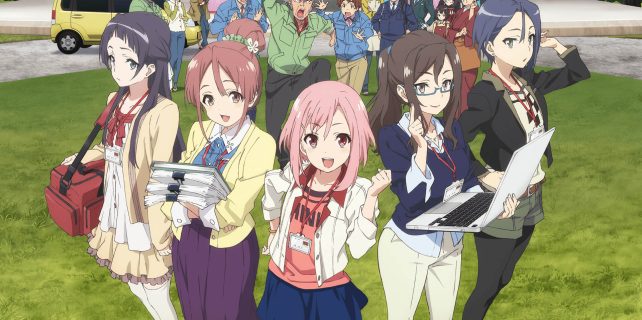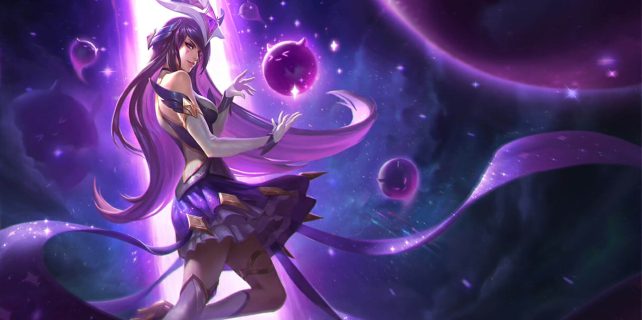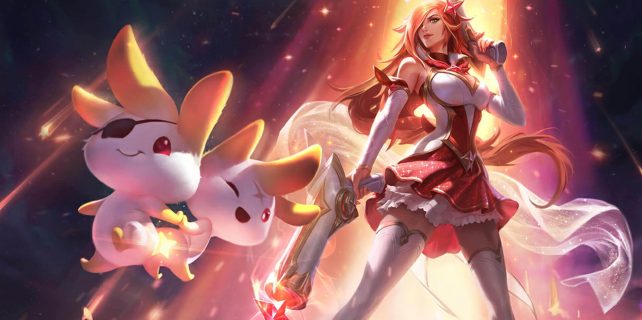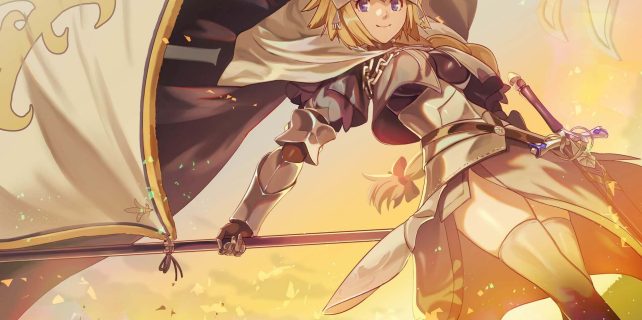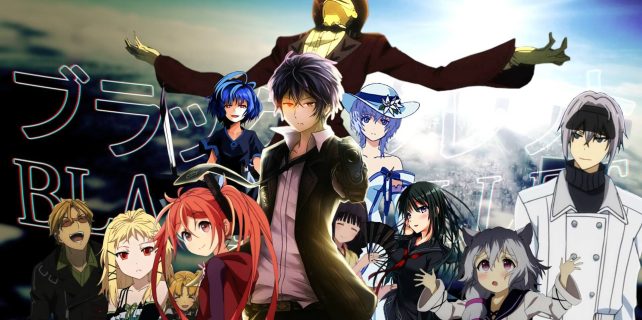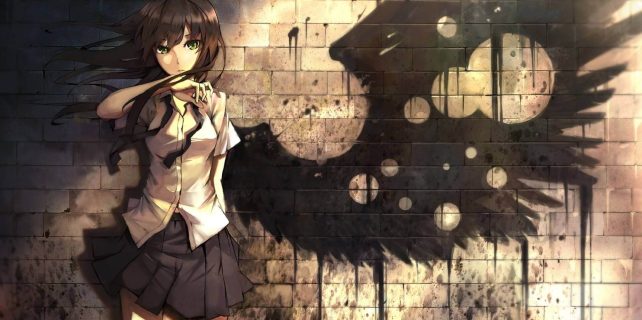
The First Step into Narrative Writing: A Beginner’s Course
1.Start with a One-Sentence Story
Have you ever had the experience of encountering something particularly amusing today and wanting to tell your friends about it, only to realize that your telling didn’t have the desired effect? Not only did your friends not laugh, but you also found it uninteresting.
This is actually a sign of not knowing how to tell a story. Let’s set aside the intimidating term “novel” for a moment and return to the essence of storytelling: retelling an event, or telling a joke (with narrative elements), both count as storytelling.
People who are good at telling jokes are often also great at storytelling. It’s not easy to explain something clearly within a limited word count, and it’s even harder to make it interesting.
Let’s simplify the story to its bare minimum, reducing it to one sentence.
① The male and female protagonists, after overcoming many hardships, finally get together.
② The male and female protagonists go through many hardships together.
These two sentences are essentially the roughest outlines for two different stories. They may seem similar at first, but if you reflect on them, you’ll realize that they are fundamentally different.
- ① focuses on “finally getting together” → a happy ending (HE), there’s a conclusion.
- ② focuses on “going through many hardships together” → an endless process, no clear ending, just continuous growth and challenges.
① is a story with a clear beginning and end, like a gourd.
They meet → conflicts arise (e.g., interference from a third party, parental opposition, personality clashes) → they end up together.
This story’s main plot centers on the emotional journey, with the goal being to get together, and the story ends once that goal is achieved. The heart of the story lies in the middle—the conflicts and challenges they face.
② isn’t even a complete story. If we analyze it carefully, it doesn’t have an ending. The ending could be:
- They defeat the big boss together (adventure genre)
- Then they get together (romantic genre)
- And then the story ends there (an incomplete ending)
(Of course, combining both endings ① and ② is more common.)
We can even remove the female protagonist and change the sentence to “The male protagonist went through many hardships.” This becomes a story of a male character leveling up and fighting monsters, minus the romantic angle.
② is essentially the same as saying, “This morning, I had a bun, two steamed buns, and three flower rolls, walked the dog for a bit, and played with the cat.” It can be summarized as “the protagonist’s experience,” which is essentially a log of events.
Now, if we add an ending to ②, will it become the same as ①?
③ The male and female protagonists go through many hardships, and then they end up together.
At first glance, this seems like ①, doesn’t it? But if we expand the story, it becomes apparent.
This morning, the male and female protagonists had a bun, two steamed buns, and three flower rolls, and then they got together.
Does this story seem believable?
Of course not, because what they did doesn’t seem connected to them “getting together.” If we change the events to “watching a few movies together, fighting off some love rivals,” would that work?
Many stories are written this way, and they have a considerable following. I can only say I’m not a fan of this type of storytelling. To use a vivid metaphor, it’s like the author has tied the beginning and end of the story together with a string—there’s no real focus or rise and fall in the narrative.
Did you notice my evaluation of ①? I didn’t call it a “story,” I called it a “gourd.” A gourd has both large and small parts, with ups and downs, which is the biggest difference between a gourd and a string.
The gourd has a small opening at the top, a wider middle, a large belly at the bottom, and then it narrows again.
Here’s a simple example:
The male and female protagonists meet → their feelings warm up (the small opening of the gourd) → a misunderstanding or conflict arises (narrowing) → the misunderstanding is resolved, their feelings reach a peak → a major conflict (the gourd’s big belly) → ① they resolve the conflict (happy ending) ② they don’t (sad ending).
The gourd’s big belly (the emotional build-up and major conflict) is the focus of the story! This is where the most narrative effort is spent.
Fei Wo Si Cun’s “Fragrant Cold” follows this structure. The beginning may seem like a flashback, but I call it a “gourd with a mouth,” a pseudo-flashback.
A straightforward gourd structure is the simplest, but if you add flashbacks or parallel timelines, it gets more complex. Fei Wo Si Cun’s later works are no longer as simple in structure.
I think pure romance stories are best suited to the gourd structure. Adventure stories, on the other hand, already have enough to keep the audience engaged with the main plotline, so a string structure works fine (although many of these use a chain-like structure, which is different from a string).
Related Theoretical Concepts
- Story Time vs. Narrative Time
Story time refers to the natural passage of time within the story, while narrative time refers to how that time is presented within the text. The pace and sequencing of events influence narrative time.
This lesson focuses on narrative rhythm. For example, “A glance lasts a thousand years” vs. “A moment in the vast sea”.
In simple terms, it means you should elaborate where needed and skip details where they aren’t important. This lesson teaches you the basics of when to elaborate and when to summarize.
Practice:
Analyze the structure of a few romance novels or films, such as “Autumn in My Heart,” “You’ve Got Mail,” or “Pretty Woman.”
2.The Charm of Stories Lies in Conflict and Twists
If the male and female protagonists meet and then sweetly get together without any challenges, do you think that’s a good story?
Just like telling a joke relies on timing, storytelling also depends on twists and conflicts that break the normal progression of events.
Using example ① again:
The protagonists fall in love → face hardships (the “many hardships”) → they get together (HE)
If they simply fell in love and got together without struggle, there would be no story. The story arises from the “many hardships” they endure. In fact, you could say that the story begins when the normal course of events is disrupted.
(The phrase “love but can’t be together” is so common now that what was once considered “abnormal” has become normal.)
Once we understand that the core of a story is conflict, twists, and breaking the normal flow of events, things become easier. Let’s analyze a simple romance novel template, the “talented man and beautiful woman” story:
Talented man and beautiful woman fall in love → face opposition (conflict) → man is recognized by the emperor (resolution) → happy ending
The conflict and resolution are the twists in the story.
For example, in Cinderella, a simple story with exquisite plot design:
Cinderella is mistreated by her stepmother → the prince holds a ball → Cinderella is tasked with sorting beans (problem 1) → the birds help (solution 1) → no dress for the ball (problem 2) → the fairy godmother helps (solution 2) → leaves a shoe at the ball (problem 3) → shoe fitting event (problem not fully resolved, but a twist) → the sisters fail to fit the shoe (problem 3.1) → Cinderella fits the shoe (solution 3) → happy ending
In the first half, the problems appear in sequence, with a slower pace, but there are twists that keep the reader engaged. In the second half, the pace quickens, with big problems layered over smaller ones. If Cinderella had successfully fit the shoe at the first attempt, the story would lose its tension and charm.
The charm lies in the buildup of tension and the delay in the climax.
Practice:
Analyze the plot structures of several novels/films/TV shows. Simple examples could include K-dramas, while more complex examples could be spy thrillers.
3.Writing with a Clear Purpose
Tailor the plot around your central theme. Only by knowing what you want to write can you avoid aimlessly writing and end up where you didn’t intend to.



